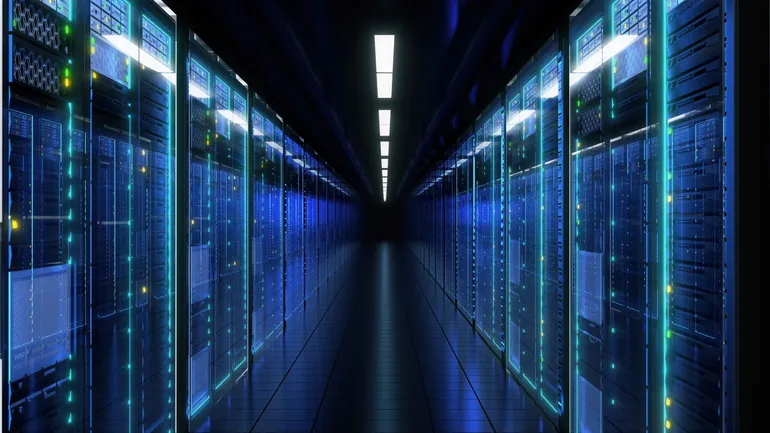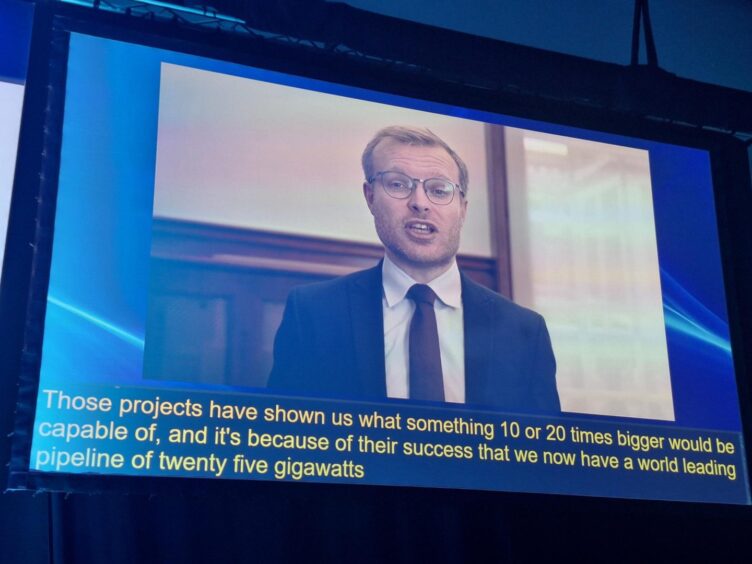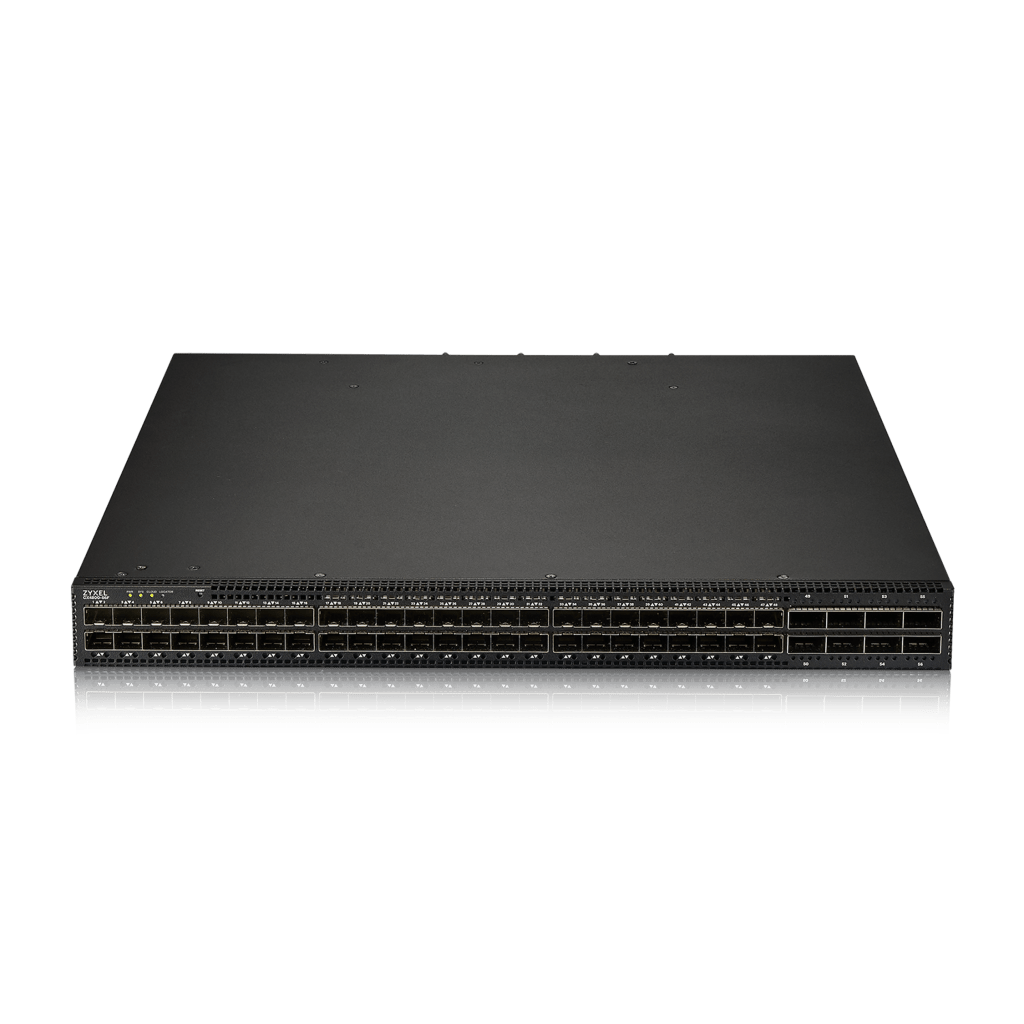
Todd Snitchler is president and CEO of the Electric Power Supply Association.
Alan Greenspan is quoted as saying in 1996 that the stock market experienced irrational exuberance around the dot com bubble when describing the disconnect between asset valuation and a stock’s value rising to prices that exceed their fundamentals. In many ways, the race to power our artificial intelligence-driven future is showing the same thing. There is no doubt that the growth of AI will be driven or limited by how quickly we can ensure sufficient power to enable the expansion and operation of data centers, but the magnitude of the energy needed is still much more in question than many seem to think.
The recent announcements by PJM Interconnection of their load forecast indicate a significant increase in demand. For summer demand, they predict an increase of 42 GW between now and 2029 and, for winter demand, an increase of 43 GW by 2039. The incremental growth expected by 2034 is notable with a 27 GW and 30 GW increase in summer and winter peak demand.
The North American Electric Reliability Corp. also released its 2024 Long-Term Reliability Assessment which projects a 15% summer peak demand increase, and an 18% winter peak demand increase over the next decade. While these timelines and figures have some variance, they all suggest a consistent, meaningful level of load growth in all seasons of the year in large parts of the country.
There is also a long history of overestimating load growth which can drive overbuilding and the addition of resources that may exceed the increased demand. A similar panic about load growth overwhelming the grid happened back in 1999, when worries about early data centers led to panicked media stories and rosy investor forecasts for utilities. It didn’t happen. Microprocessors, computers and data storage saw huge gains in efficiency that kept pace with their gains in raw power and the predicted load growth never materialized.
Load projections compared to actual load growth since 2006 reveal that estimates are often wildly optimistic compared to the actual demand the system achieved over time.
What is the lesson we need to heed? This does not mean that load growth is not coming or that we do not have an electricity supply issue that needs prompt attention. What it does mean, though, is that we need to be judicious in our thinking, methodical with our planning, and focused on optimizing the system performance.
A careful analysis of the actual availability of high-end processing chips over the next several years shows that they are already “sold out,” which means there is a limit on the ability of the AI industry and data centers to grow exponentially and overconsume energy, stressing the electrical grid to the point of failure.
This fact will help inform the speed and volume of likely data center development regardless of the region of the country where development is projected. Advancements in AI may also play a role in making the grid itself more efficient. Additional chip manufacturing capacity is subject to the speed to market and time it takes to construct and operate any new fabricating capacity.
The tech industry has also acknowledged that demand is far from certain. In a recent filing in Ohio, Amazon Web Services expert Michael Fradette told regulators that asking companies to predict how much power data centers will need over the next decade with a high degree of accuracy is “unreasonable,” because consumption will depend on factors including customer demand and emerging technologies.
Too many families are already struggling with high energy prices. A historic buildout of new generation resources and a binge of utility spending to meet this forecasted demand would be prohibitively expensive for consumers.
Major investments will be needed, but it is incumbent on policymakers to be clear-eyed about the costs and consequences. State and national regulators should be careful to avoid overbuilding, eager to embrace cost-effective and market-based solutions, and committed to ensuring customers are not the ones carrying the burden of investments that don’t turn out to be needed.
Competitive power markets are a key tool at our disposal to make sure those risks and costs do not negatively impact consumers, by shifting that risk from utility customers to shareholders. A more streamlined permitting system can also drastically reduce the costs and time to build new infrastructure without adding costs for consumers.
America’s past experience with ambitious load forecasts would caution against overexuberance and instead encourage a rational, deliberate build out of resources needed to power the evolving American economy as we move deeper into the 21st century.



















